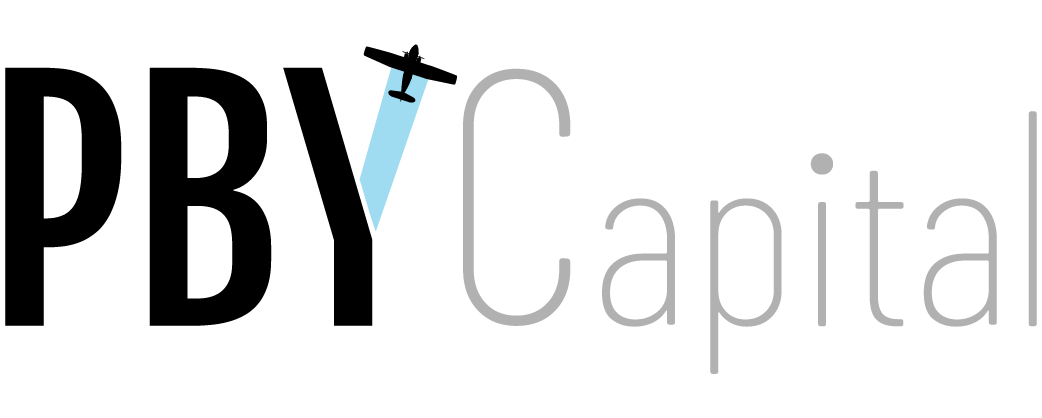Thinking outside the credit box: Benefiting from competition in the insurance lending sector
Alternative lenders suit HNW people who value flexibility and don’t want to be treated as a transaction

Article content
It would be difficult not to notice that the lending landscape in Canada has shifted dramatically over the past two decades. The formidable grip once held by the Big Five banks has loosened and opened the door to a host of credit unions, specialized/niche lenders and private lending institutions.
The emergence of this competition, coupled with a low-interest-rate environment, has been a boon to borrowers looking to access capital at a low cost. But it’s been especially helpful for wealth advisers and high-net-worth individuals seeking to optimize their client’s liquidity and collateral.
In particular, lending against or financing whole life insurance policies – which I’ve previously discussed in Canadian Family Offices here in greater length – has seen a dramatic uptick in adoption among sophisticated advisers in the estate planning and investment spaces.
And while it is true that financing insurance policies has existed for some time in Canada, it was historically limited to the life insurance companies through policy loans and the major Canadian banks. However, now the options to borrow against or finance your whole-life policy have increased dramatically while also becoming cheaper and available to a broader swath of Canadians.
Multiple benefits of life insurance
As a brief refresher, there’s been a relatively new change in perspective on life insurance. Rather than being viewed strictly through the lens of an estate strategy, wealth advisers are turning to whole-life policies as a single instrument that can provide a safe investment return, estate planning benefits and efficient access to liquidity. The liquidity aspect stems from using the predictable, stable internal cash-value growth as a sound source of collateral. That collateral is then used to finance the policies themselves, as capital to reinvest in a businesses, or general funds that can be used without jeopardizing the policy’s central estate-planning features.
In order to keep up to the bank offerings, some alternative lenders now no longer require hard collateral and can offer what’s known as “full premium financing.
While financing an insurance policy is not as commonplace as a mortgage or home equity line of credit, the collateral in a policy operates in a similar fashion. And like those lending verticals, it’s worth looking at a wide range of options and providers to determine who can best meet the needs of the borrower.
With traditional banks, borrowers largely know what they’re getting: access to highly competitive rates and the safety of large, established institutions. Those are areas that alternative lenders simply cannot compete against and will remain a bank’s competitive advantage.
The size and scale of these institutions have drawbacks, however: intensive and sometimes intrusive underwriting, lethargic lead times and one-size-fits-all solutions. So, if a client or borrower is focused on the complete lending package as opposed to just the interest rate, they will find tremendous value in going outside the banking system, and advisers will discover a more creative lending partner that helps them tailor a solution.
Banks are pushed to follow suit
The creativity in the alternative lending sector has also driven innovation across the entire insurance lending spectrum.
Only a few years ago, getting 70 to 90 per cent loan-to-value on a whole life policy was standard, and some form of additional collateral was usually required. Alternative lenders offering 90 to 100 per cent LTV with little-to-no hard collateral have pushed the bigger banks to follow suit.
In order to keep up to the bank offerings, some alternative lenders now no longer require hard collateral and can offer what’s known as “full premium financing.” In a full-premium lending structure the entire premium amount will be lent regardless of that amount exceeding the value of the policy at the outset of the loan. Competitive lending alternatives also extend into other areas such as a seamless completion and renewal processes and lighter touches in the underwriting phase.
While this new landscape has benefited all borrowers, deciding which route to take with your personal loan or client file can still be tricky.
At the end of the day, those who have existing deep relationships with their banking institution are likely better served staying within those confines. But for those high-net-worth individuals who don’t want to be treated as a transaction, and who value flexibility and creativity – in addition to competitive pricing – there has never been a better time to explore an alternative insurance lending provider.
Michael Godsoe is the chief executive officer of Langhaus Financial, one of Canada’s leading firms for efficient, flexible direct lending, wholesale finance and advisory services to private entities and high-net-worth individuals.




